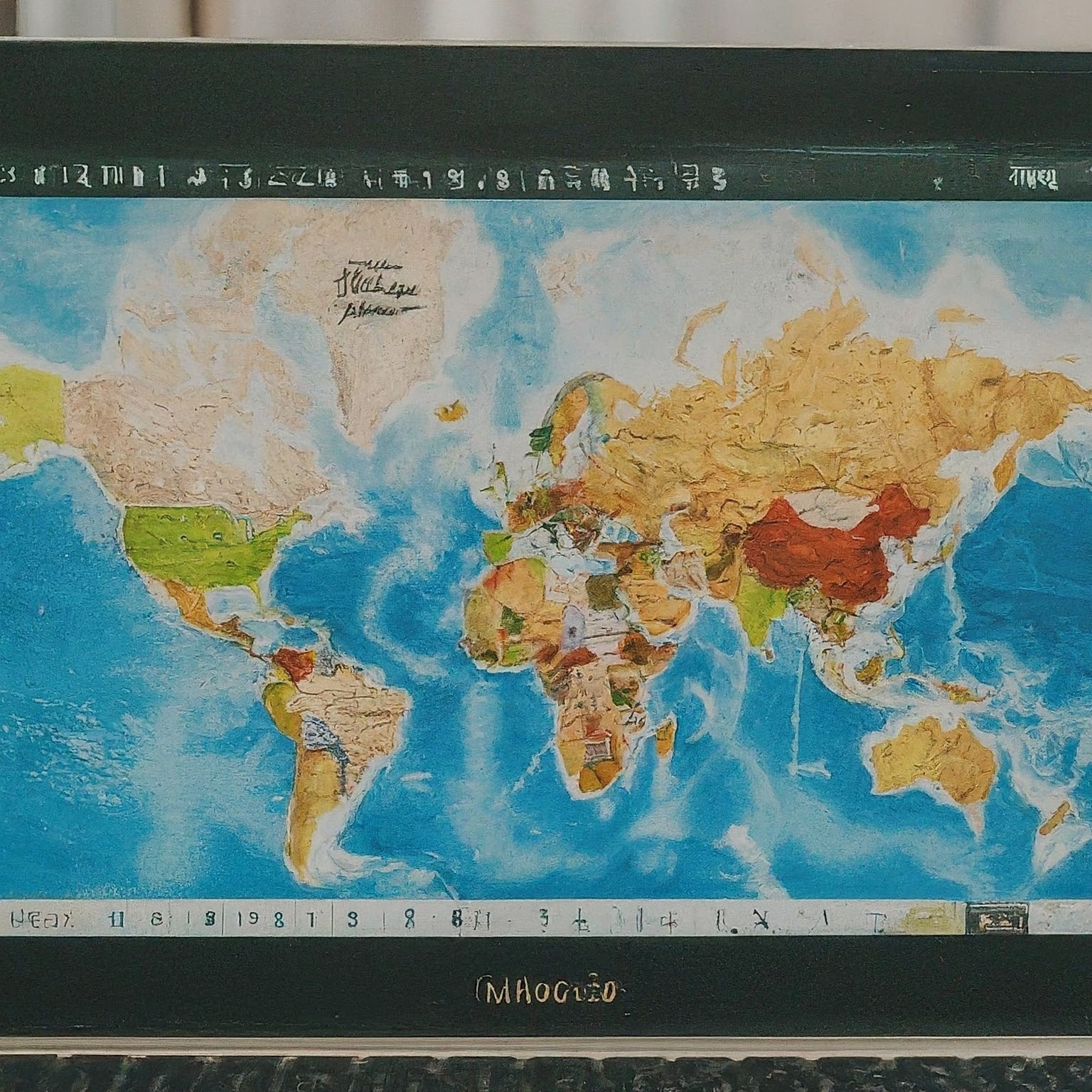Country codes are essential components of international telecommunications, serving as unique identifiers for countries and territories around the globe. These codes are used in conjunction with local phone numbers to facilitate international calls and ensure that calls are correctly routed to their intended recipients. In this comprehensive article, we will explore the significance of country codes, their historical context, and how to use them effectively.

The Significance of Country Codes
Country codes play a vital role in the global telecommunications network. They provide a standardized system for identifying and contacting individuals and businesses worldwide. By using country codes, callers can easily connect with people in different countries, regardless of their geographic location.
Historical Context of Country Codes
The development of country codes can be traced back to the early 20th century when international telecommunications began to expand. As countries established connections with each other, a need arose for a standardized system to identify different nations. The International Telecommunication Union (ITU) took the lead in developing and assigning country codes to individual countries.
Country Codes by Region
To make it easier to find the country code for a specific destination, here is a breakdown of country codes by region:
Africa
- Algeria: 213
- Angola: 244
- Botswana: 267
- Cameroon: 237
- Egypt: 20
- Ethiopia: 251
- Ghana: 233
- Kenya: 254
- Morocco: 212
- Nigeria: 234
- South Africa: 27
Asia
- China: 86
- India: 91
- Indonesia: 62
- Japan: 81
- South Korea: 82
- Philippines: 63
- Thailand: 66
- Vietnam: 84
- Israel: 972
- Saudi Arabia: 966
Europe
- France: 33
- Germany: 49
- Italy: 39
- Spain: 34
- United Kingdom: 44
- Russia: 7
- Ukraine: 380
- Poland: 48
- Sweden: 46
- Norway: 47
North America
- United States: 1
- Canada: 1
- Mexico: 52
South America
- Brazil: 55
- Argentina: 54
- Colombia: 57
- Chile: 56
- Peru: 51
Oceania
- Australia: 61
- New Zealand: 64
How to Use Country Codes
To make an international call, you typically need to dial the following sequence:
- International Access Prefix: This is usually a plus sign (+) or a sequence of numbers specified by your phone service provider.
- Country Code: The two or three-digit code representing the destination country.
- Area Code: The specific region or city within the country.
- Local Phone Number: The seven-digit local phone number of the recipient.
Example: To call a phone number in the United States, you would typically dial +1 [area code] [local phone number].
Additional Tips for International Calling
- Check Time Zones: Be mindful of time zone differences to ensure you’re calling at a convenient time for the recipient.
- Consider Calling Costs: International calling rates can vary significantly depending on your phone service provider and the destination country.
- Use a Reliable Connection: Ensure you have a strong signal, especially if you’re traveling or using a mobile phone.
- Be Patient: International calls may experience delays or connection issues due to network congestion or other factors.
Conclusion
Country codes are essential for international communication, providing a standardized system for identifying and contacting individuals and businesses worldwide. By understanding the significance of country codes and following the correct dialing procedures, you can effectively connect with people in different countries and stay in touch with loved ones, business partners, and friends across the globe.
لا تعليق